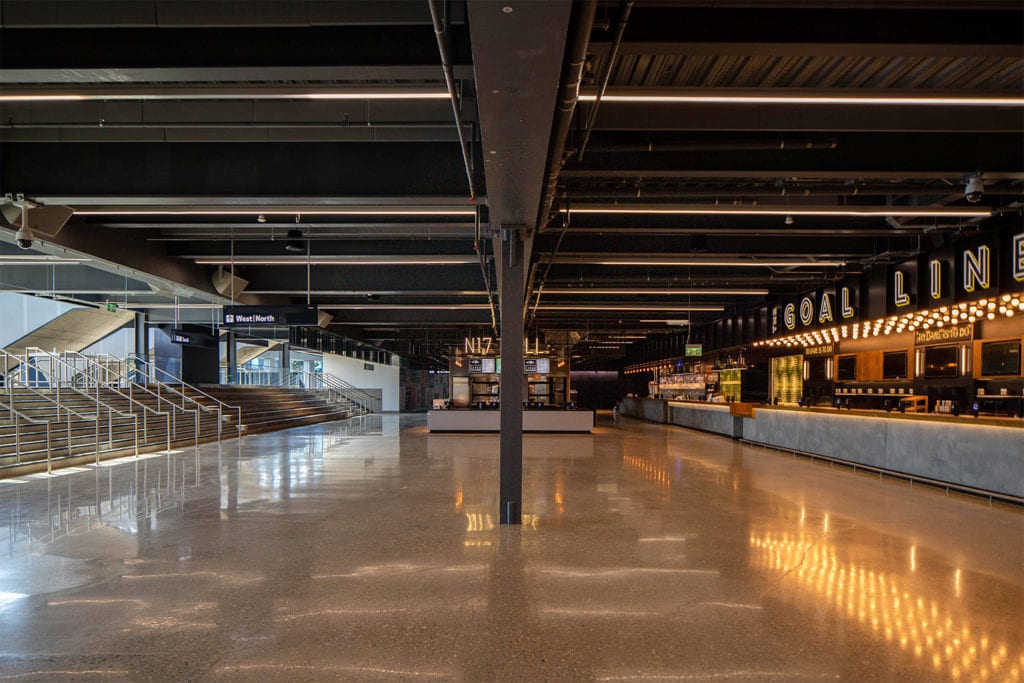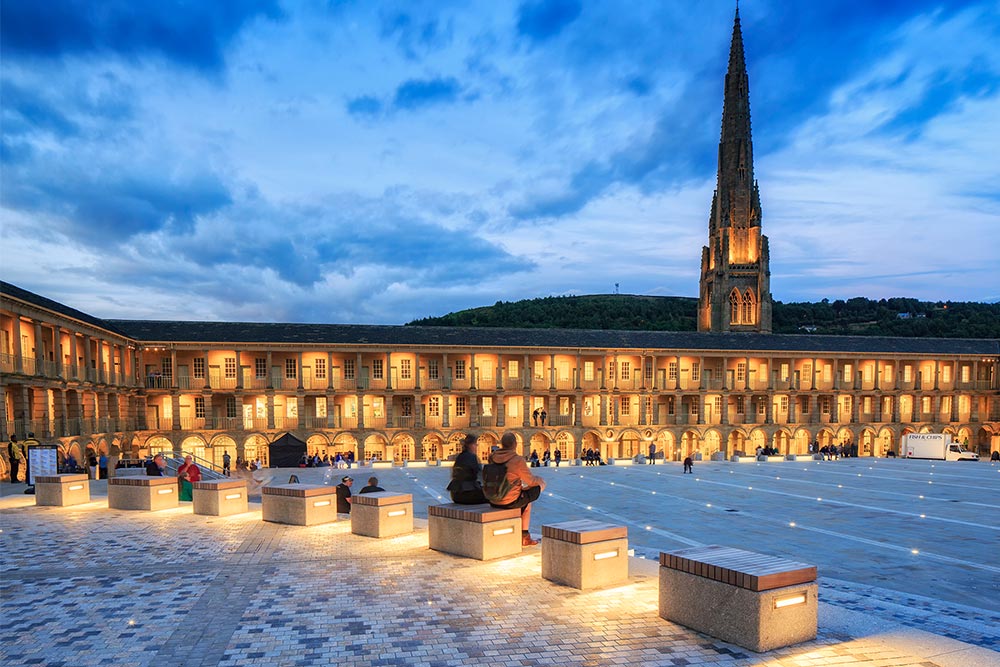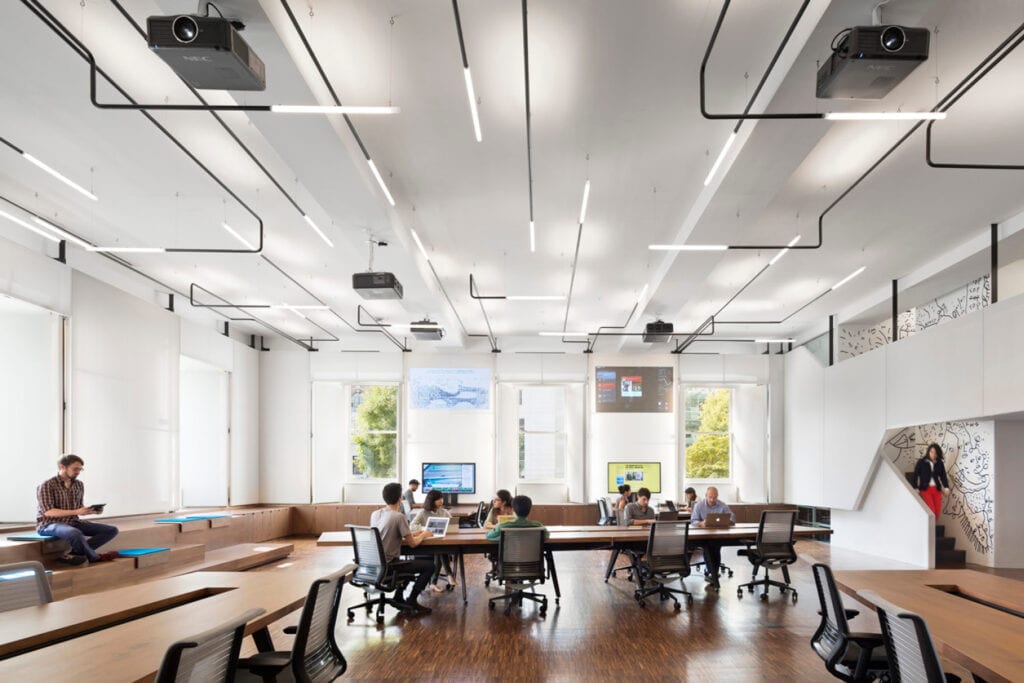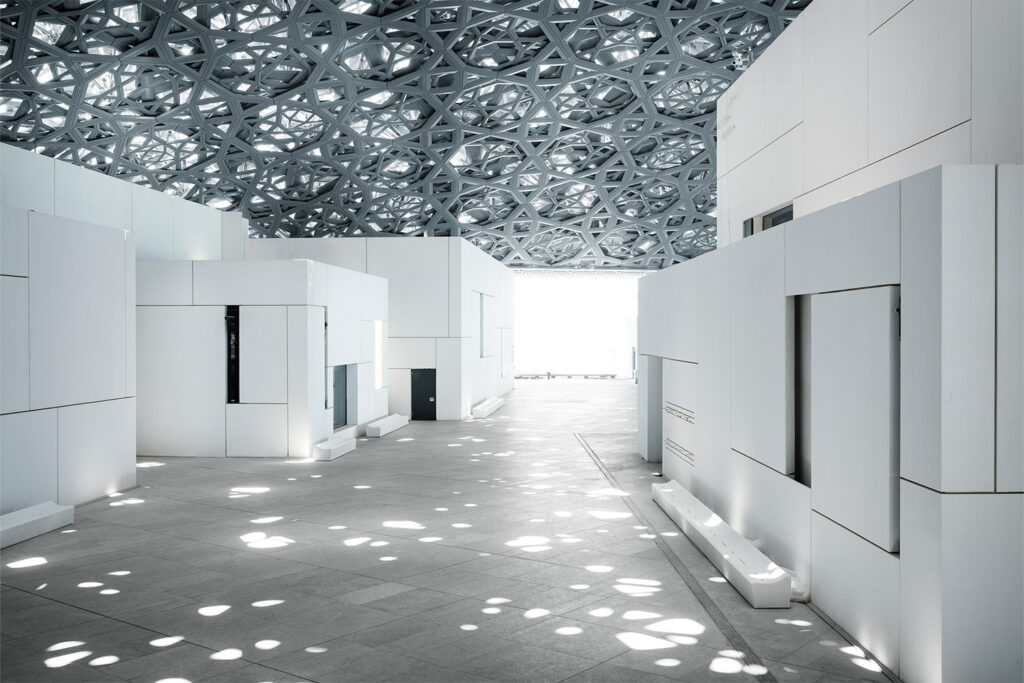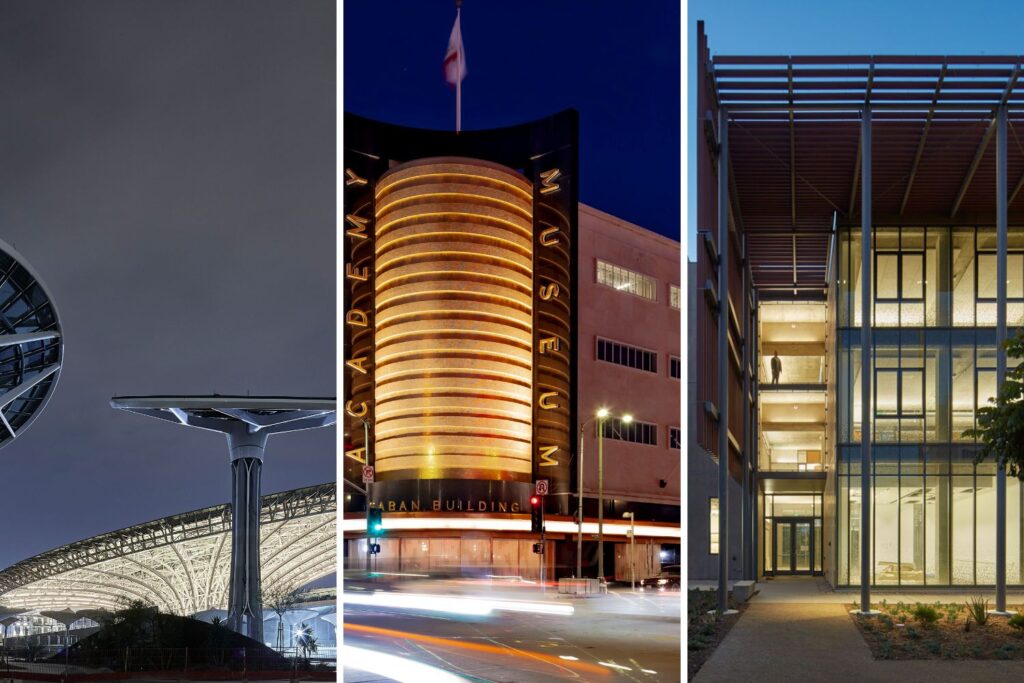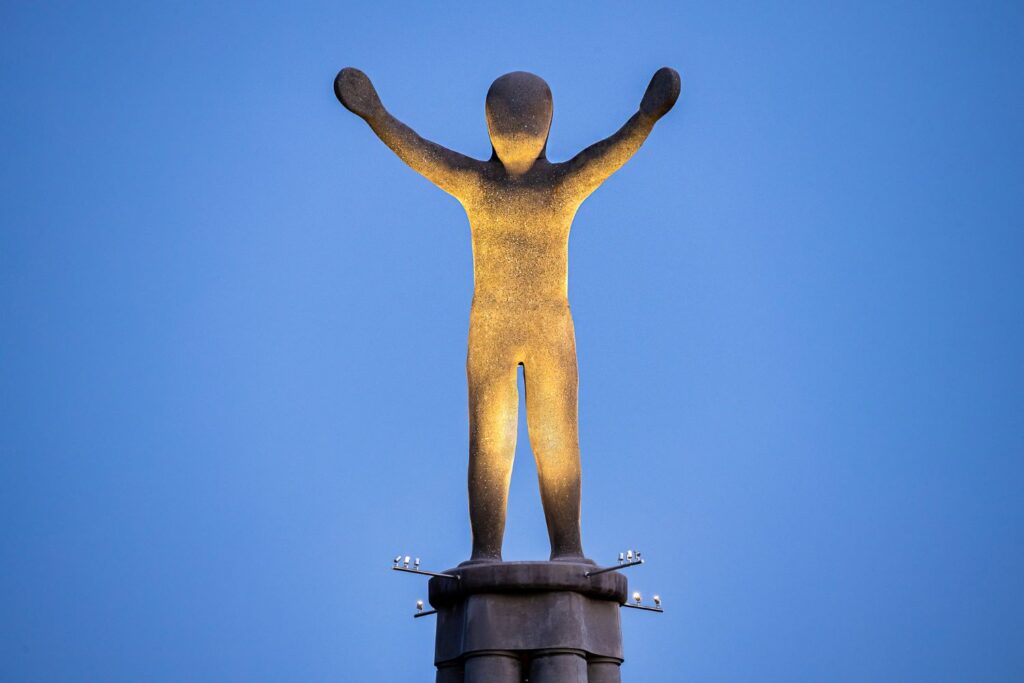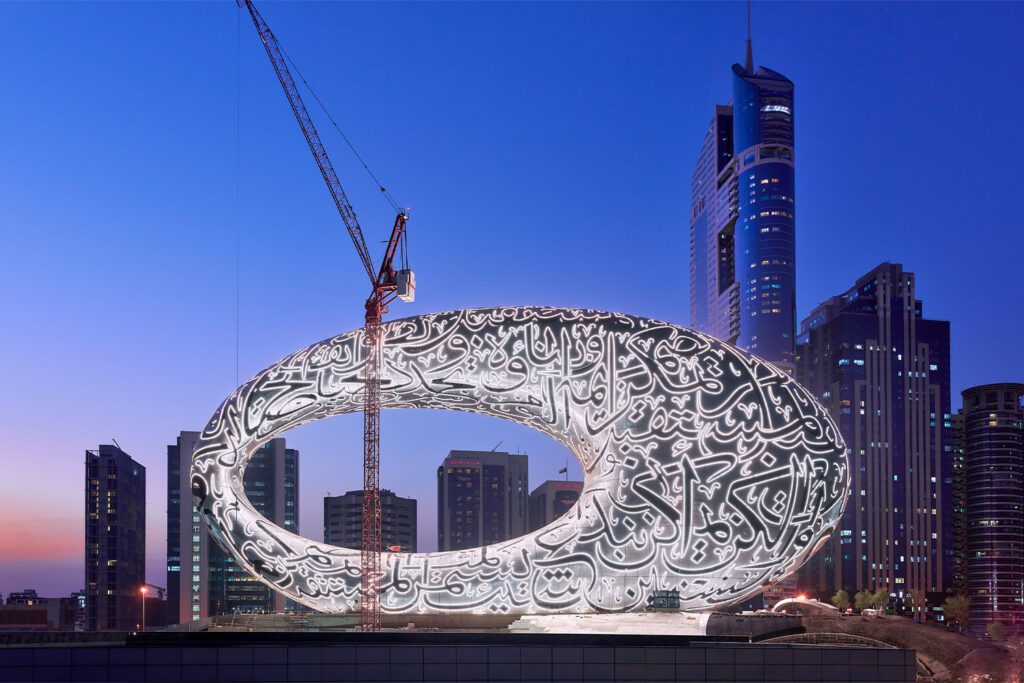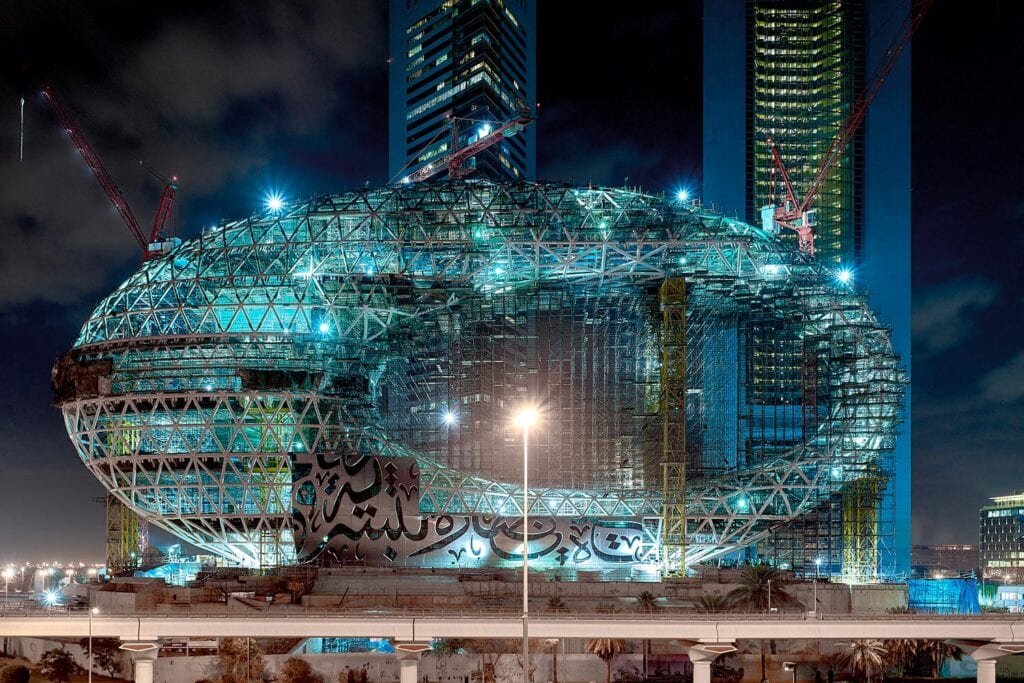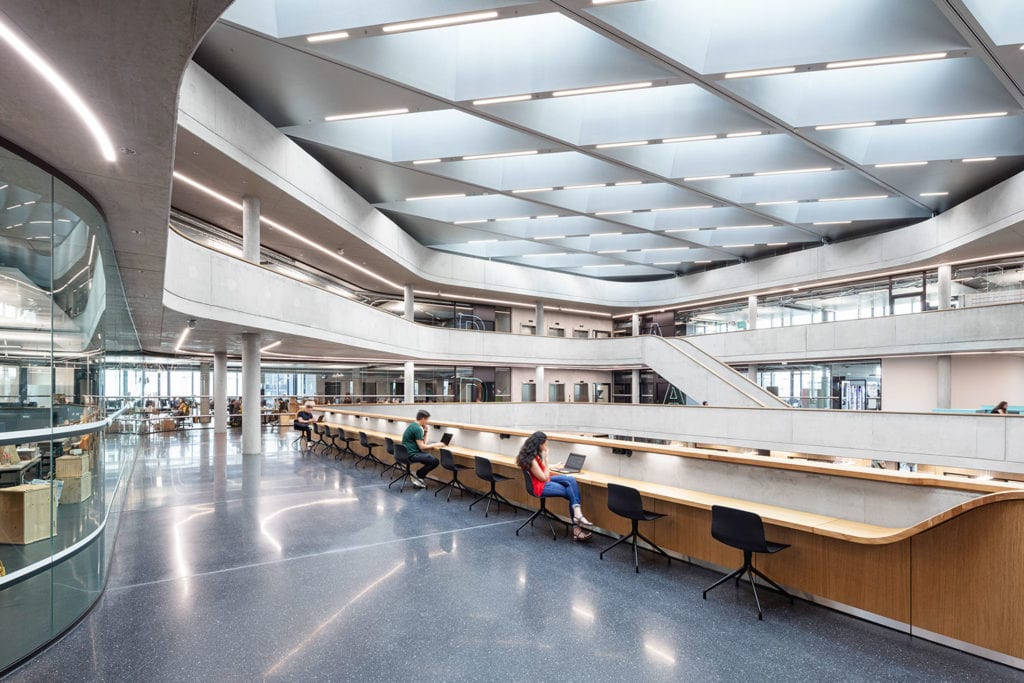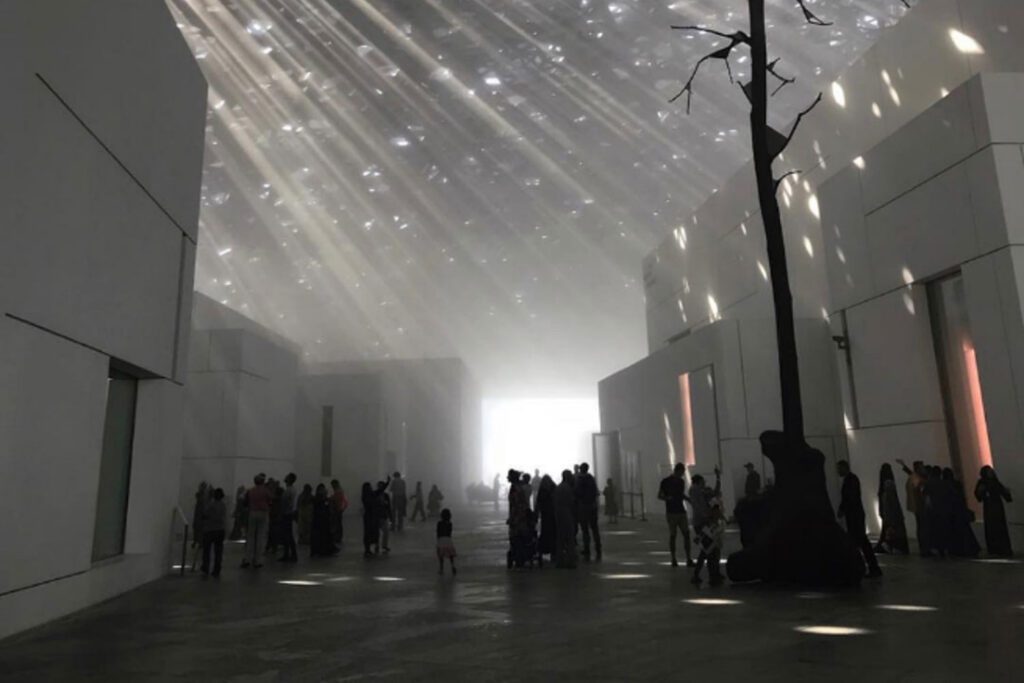Farhad Rahim becomes member of the Worshipful Company of Lightmongers
In recognition for excellence in his field, Farhad Rahim has been made a member of the Worshipful Company of Lightmongers.
Having joined Buro Happold in 2016, Farhad is currently responsible for the development of the practice’s lighting discipline in the UK. His entry into this eminent professional body – known as a livery company – comes at a time when Buro Happold’s lighting capability has never been more sophisticated.
When I joined, I wanted to make our lighting offer more visible in the UK market,” says Farhad. “Develop what we’ve already started and keep improving.
Farhad Rahim, Associate Director
To accomplish this ambition, he works in tandem with Carolina Florian, the UK team’s Head of Lighting; Carolina takes responsibility for running the team while Farhad focuses on cultivating new client relationships.
What differentiates us from other practices is that, in addition to the artistic side and good technical knowledge, we take a comprehensive approach to integrating our lighting designs with multidisciplinary teams. It’s a strong offer.” No stranger to prizes, Carolina was among the winners of the 2019 Lighting Design Awards 40under40 trophy for exceptional young talent.
Carolina Florian, UK Head of Lighting

Originally operating as trade guilds, the City of London’s first livery companies were founded in the 14th century. Unsurprisingly, the earliest groups comprised traditional businesses such as grocers, haberdashers and ironmongers. In 1984, the Lightmongers became the 96th name on a growing list that now encompasses 110 occupations; reflecting the capital’s evolving skills base, more recent additions include the Worshipful Company of Information Technologists and the Worshipful Company of Management Consultants. Though some organisations – such as the Goldsmiths and the Gunmakers – still fulfil significant functions, the livery companies of today exist primarily as philanthropic, educational and social institutions. What remains constant is that an invitation to join any one of them is a huge honour.
You don’t apply to become a Lightmonger – you get asked.
Farhad Rahim, Associate Director
“You don’t apply to become a Lightmonger – you get asked,” explains Farhad. “So, if you’re on the radar as a valid person who can contribute towards – or has contributed towards – the lighting industry, then you’re invited to become part of the livery company.”
As a freeman of the Worshipful Company of Lightmongers, Farhad is now eligible to attain Freedom of the City of London. “That process takes a few months,” he says. Disappointingly, the traditional privileges associated with this accolade – such as being allowed to drive sheep across London bridge and carry an unsheathed sword – have long been discontinued. Still, even minus archaic perks, this is a status of rare prestige – fellow recipients include Winston Churchill, Nelson Mandela and Henry “The Fonz” Winkler.
Such acknowledgement is well deserved. Highly accomplished and respected within the lighting community, Farhad is helping to furnish clients with an imaginative lighting design service underpinned by profound technical proficiency. “We’re trying to expand,” he explains. “I’ve asked everyone in the team to find a specialism – such as hospitality or smart lighting – so each person has a field of expertise. We’ve also seen increasing demand on our daylighting capability from architects and clients – so it’s important we have a holistic approach to artificial lighting and daylighting.”
When discussing the team’s recent work, Farhad is never too far away from mentioning what social value can be engendered. For example, there’s Tottenham Hotspur FC’s new stadium (“That’s going to kick off a larger regeneration process for the entire area”) and The Piece Hall in Halifax, which won the 2018 Lighting Design Award for Community and Public Realm Project of the Year (“It’s a vibrant historical place to visit – all the small businesses in the surrounding area have started to benefit”). Stratford Waterfront – an East London cultural district featuring new buildings for University College London, Sadler’s Wells, London College of Fashion, the BBC and the V&A – is also a project that he views in terms of civic benefit as well as design virtuosity. “I’m really looking forward to that,” he says. “I think it’ll make a remarkable change to Stratford because the Olympic Park gets quite bleak at night. This will really rejuvenate that area to make it an evening destination as well.”
While honing a creative talent for fine arts and screen printing in his spare time, Farhad is in the process of formulating an innovative app for galleries and museums to safeguard paintings from light damage. “Currently, it’s mostly done by rule of thumb,” he says. “I thought we should develop something for our clients”. Remote Bluetooth sensors will check that an acceptable level of light exposure calculated for each painting – the lux threshold – is not breached, while also providing curators with people flow data. It is possible that, once downloaded to a visitor’s phone, the app could act as an interactive guide. Though awaiting client funding to be built, the technology works to support a saleable product and the app has even been named. “At the moment it’s called ‘Gallery Light Monitoring System’”, says Farhad.
Enabled by clearly defined objectives and dedicated people, the long-term prospects for the specialism are, appropriately enough, bright. “We have lots of good opportunities,” says Carolina. “It’s exciting for everybody in the team.”
“We want to be there in the forefront as one of the most renowned lighting practices, not only in the UK but also globally,” says Farhad. “People are already starting to recognise that for our quality and delivery – we just want to keep that momentum going.”
